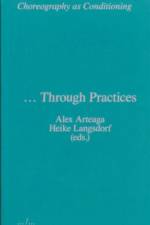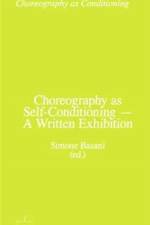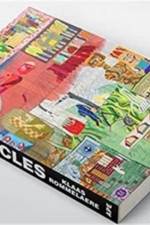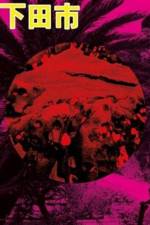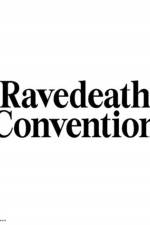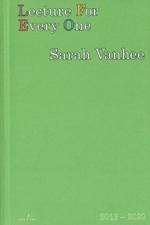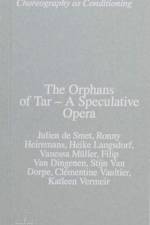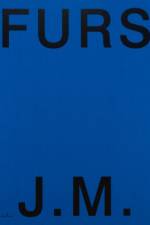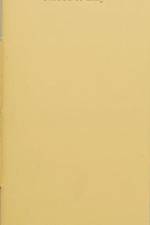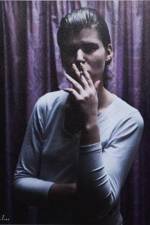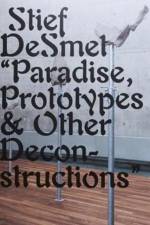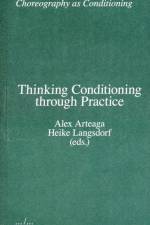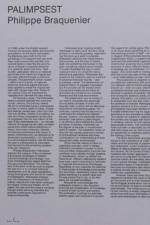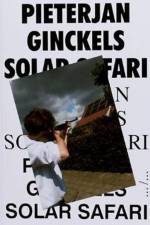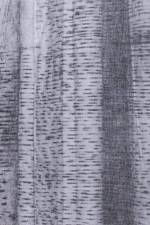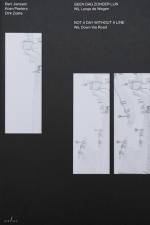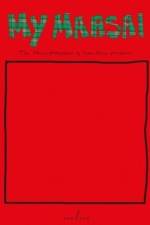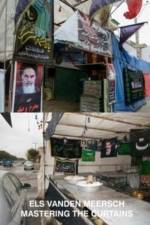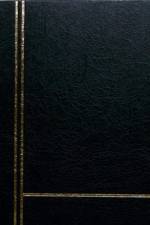av Sarah Vanhee
345
During seven years, 16 performers spread Lecture For Every One throughout Europe. They intervened in more than 300 different gatherings, from a corporate sales meeting to a brass-band rehearsal and a municipal council. As uninvited guests, they addressed every one with exactly the same text. Until now, the project has remained largely invisible to the wider public. This book now sheds light on the information and expertise Lecture For Every One has generated-feedback, stories and memories from a range of perspectives. It reflects on how places where people gather can become political instances, on the (im)possibility of addressing every one, and on the value of fiction in our daily lives. Sarah Vanhee is an artist, performer and writer. Her interdisciplinary work moves between the civilian space and the institutional arts sector, and is best known for its radical gestures and its engagement with non-dominant voices and narratives. Since 2007 she has created several onstage performances, (semi-)public interventions and site-specific works that have been widely presented internationally. With texts & contributions by: Adinda Van Geystelen, Anabela Almeida, Anne Thuot, Anton Wilsens, Bojan Djordjev, Carola Bärtschiger, Christine De Smedt, Christophe Slagmuylder, Daniel Blanga Gubbay, Deborah Hazler, Edith Goddeeris, Elina Pirinen, Evelyne Coussens, Gurur Ertem, Iiris Viirpalu, Ilse Ghekiere, Jan De Brabanter, Jan de Zutter, Joe Kelleher, Katja Dreyer, Kristien Van den Brande, Kristof Blom, Lara Barsaq, Lex Bohlmeijer, Linda Sepp, Mariel Supka, Marika Ingels, Matthieu Goeury, Mylène Lauzon, Robin Vanbesien, Salka Ardal Rosengren, Sarah Vanagt, Sarah Vanhee, Silvia Bottiroli, Taziana Pyson and many others.



